The front-engined Corvette is dead. GM head honcho Mary Barra delivered the news last week the final production C7 would be auctioned off this summer.
While the press skimmed the surface of this historic automotive event, The C7’s demise has received little in-depth coverage. Not only is this a melancholy milestone for us ‘Vette fans, but a little bit of an automotive Groundhog’s Day as well.
Case in point, take the introduction of the GM’s LS powerplant way back in 1996. It debuted in the 1997 C5 Corvette and then GM quietly phased out the Gen 1/Gen II small-block motors with little fanfare. By the time production halted, GM produced over 50 million old-school V8s, easily dwarfing the Model T, Corolla, and the VW Bug for all-time automotive sales goliath. Yet, it went out with a whimper and folks hardly noticed.Fast forward to last week’s announcement the C7 was dead, and GM seems to be taking a similar tack, quietly pulling the plug on the the last front-engined ‘Vette. Lasting just six model years, the C7 will match the C2 as one of the shortest running generations in Corvette history.It also quashes the conventional wisdom that the Corvette would be a two-platform lineup, at least for the time being. Let’s back up and review key events that led to the euthanization of the old-school Corvette.
GM invested almost two-thirds of a BILLION dollars in the expansion of Bowling Green. We were certain it was to accommodate two Corvette models. Some thought it would be a Cadillac variant or at the very least, the C7 would live on to appease traditional Corvette buyers.
Now that the C7 is dead, what’s going on in Bowling Green that required doubling the size of the factory? Is there a second model we don’t know about? In an SUV/CUV crazy market, it seems unlikely that GM would field a high-zoot sports car as the crown jewel of Cadillac. A more profitable Escalade would make sense, but a low volume sports car? Seems far-fetched at this point.
We know that high-performance engine assembly for Corvette (and now Cadillac’s Blackwing V8) has been brought in-house, and the paint shop is completely new, but what exactly will GM do to fully allocate a mega-expanded Bowling Green is up for debate. As we’ve all seen in the past few months, GM isn’t shy about shuttering plants if they aren’t running at darn near 100 percent capacity.Especially risky for Bowling Green when you’re completely rewriting the rules of the brand and the jury is still deliberating if a mid-engine car will be warmly regarded by the Corvette faithful.
We would have loved to have been a fly-on-the-wall when Corvette Chief Engineer Tadge Juechter and gang pitched GM brass on the C8 Corvette. It was probably the hardest sales job ever in the annals of automotive history. Could you imagine the following scenario? Let’s cue up the wiggly lines on the TV and go back in time…
Picture Tadge at a round table with GM brass, “Hey, we are the undisputed king of sports cars in the North American market, selling between 25 to 40,000 units annually at a huge profit to the company. What we’re proposing is completely re-writing the template of the car, with a more exotic design. Even if it means alienating our fiercely loyal customers…”As we know now, GM brass approved this strategy and we’ll have to see how it pans out at the end of the year when the C8 hits the market. If that weren’t enough change, there is most likely an electric or electric-assisted versions of the C8 waiting in the wings as well. Whether Chevrolet can maintain sales volume with a completely different car remains to be seen, which hints there could be more going on.
So if the C7 is dead, could a Corvette branded SUV be in the wings? This would make the most sense. Before you dismiss this as heresy, one only needs to look to the Porsche line-up and note its 2.5 ton Cayenne SUV accounts for the majority of Porsche sales and probably helped it survive and remain a semi-autonomous car company.
Chevrolet critics have long lobbied for a spin-off of the Corvette because they think the Bow Tie image is damaged or not cool enough to attract younger, foreign-brand leaning customers. We say Corvette and Chevrolet are intrinsically linked forever and busting them up is a long-shot, but still believe the Corvette as a multiple-platform brand has not been ruled out.
We speculated that the Camaro would replace the C7 as the front-engine, rear wheel drive “entry level” Corvette and we now feel vindicated. For decades, “the pony can’t outrun the horse” was an unwritten rule at Chevrolet. Corvette was the performance king, period. That credo was obliterated in slow-motion starting almost 10 years ago with the introduction of the Fifth Gen Camaro.
Chevy’s pony has since matched Corvette tit-for-tat with shared engines, an equally sophisticated chassis and the best tuning and refinement (thanks Al Oppenheiser) GM can bring to life. Not only has the Camaro been groomed (right before our eyes) to take the Corvette’s crown, it is one of the best performance cars on the market at any price. A fitting successor to our “old-fashioned” C7 and good news that we can all rejoice in.
I can personally attest how mystical the idea of a mid-engine Corvette has been for the last zillion years. I can remember as a kid, I’d hit the drugstore at the end of the month to see new issues of the big car magazines. Staring back at me from the news stands were headlines that barked “Secret Mid Engine Corvette Coming!”Time and space would stand still, and I would plop down, right there on the spot, and read the story, hanging on every word. The pictures of Zora Arkus-Duntov and Bill Mitchell next to advanced Corvette prototypes at GM’s Warren, Michigan Design Center were exotic and beguiling.
Bristling with the latest high technology, these future Corvettes not only captured my imagination, but an entire generation of car lovers as well. Entire forests were clearcut over the years to print the latest scuttlebutt on a car which until this coming July 18th, 2019, never materialized.You would think the announcement that the car is indeed slated for production would be heralded as the second automotive coming but sadly, that’s not reaction on the internet. Social media forums are the latrine walls of our generation and feedback on the new car has been brutal.
“Oh look, a new Fiero,” is a common, fairly kind response. Another reader posts, “If I wanted a Ferrari, I’d buy a Ferrari..” Others are more blunt in their disdain for the new car, “It looks like sh*t…”
Fair enough, but the hardpoints of a mid-engine car design are fixed and unmovable, and lend itself to look-a-like styling. Cab-forward passenger compartment, short hood, the elimination of aft stowing, and a rear bulkhead in the cabin, are just a few of the aforementioned obstacles engineers face, not to mention stylists.
Which leads us to um, the styling. Chazcron over at MidEngineCorvetteForum always has the most up to date renders.
The childlike faith that GM will not screw up America’s only sports car boggles the mind. Everyone with the remotest interest in cars should know of GM’s record of new technology — the melting aluminum engine for the Chevy Vega, the Oldsmobile diesel V-8, Computer Command Control, the V-8-6-4 … shall I go on? How about the powerhouse Corvettes that got all of 165 horsepower in 1981 and 205 horsepower in 1984?
A rear-mounted engine will be an engine that no normal person can do anything with beyond maybe checking the oil. Corvettes have always been cars their owners could work on, but apparently not anymore. Nor will a rear-engine Corvette have any room for luggage, unlike the C4 through the current C7. (So much for weekend getaways.) Nor will be the C8 be a car its drivers can shift, since they will all have automatic transmissions, a point Cruikshank ignored. (Manual transmissions require driver skill.)
No one with any sense believes GM will sell the C8 for only a little more than the C7. This car will be more expensive to build, and Government Motors already has too many vehicles that don’t make money. Nevertheless, snobs who don’t buy Corvettes now because they’re not Ferraris or Porsches won’t buy Corvettes when they are rear-engine and more expensive. So this is likely the final Corvette, because GM will not sell as many Corvettes as they think, they will lose money, and they can’t lose money.
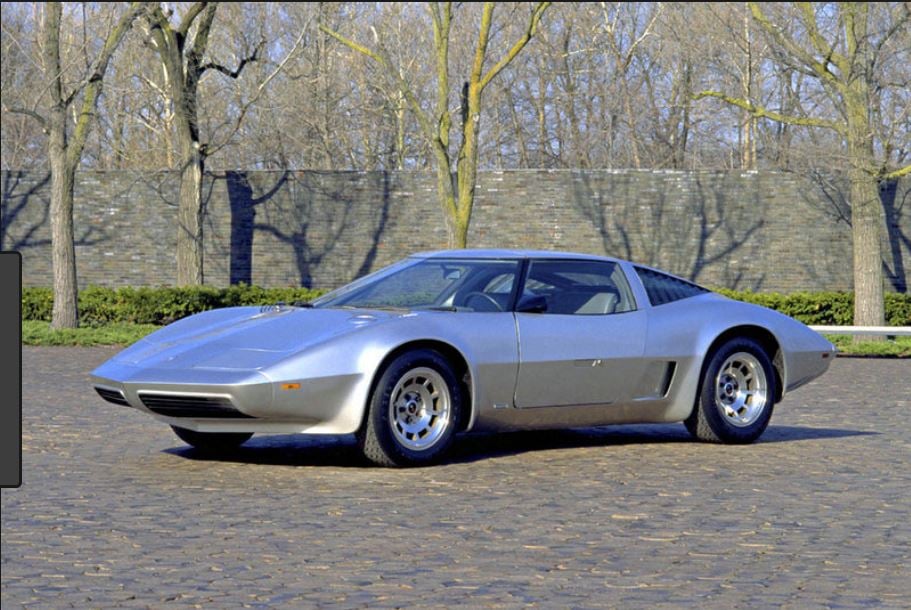
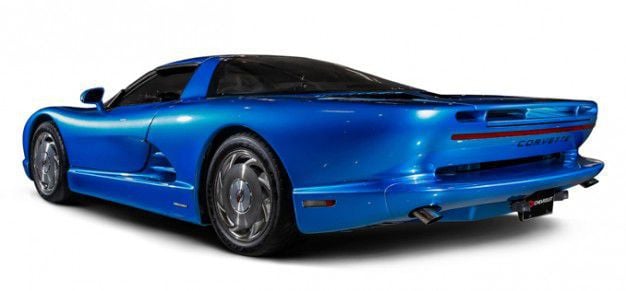
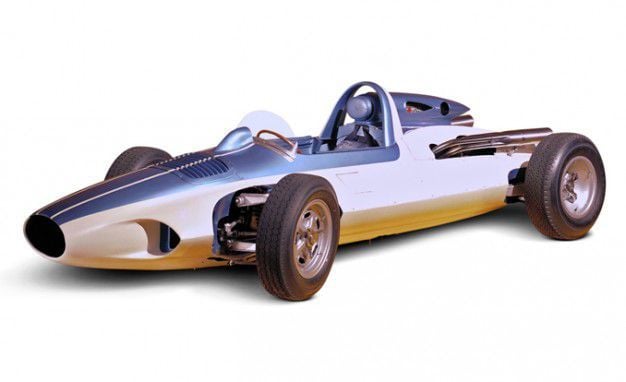
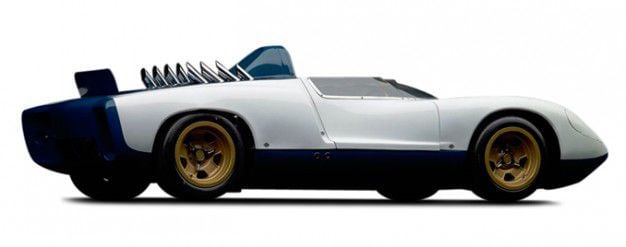

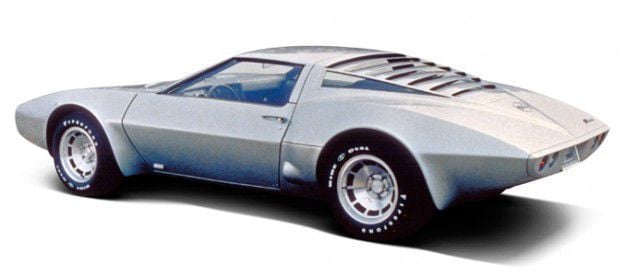
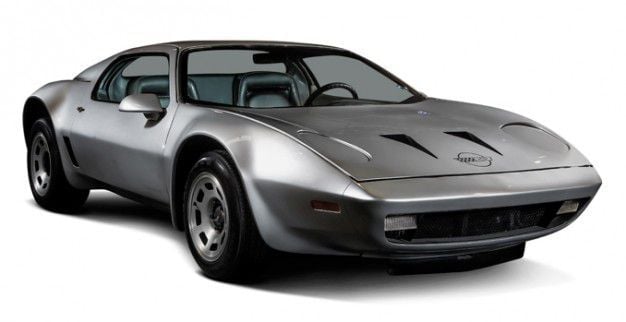
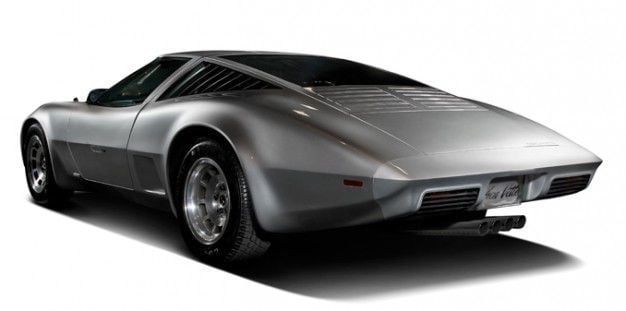
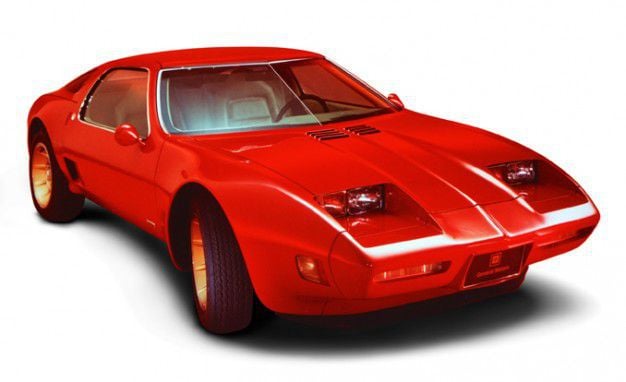

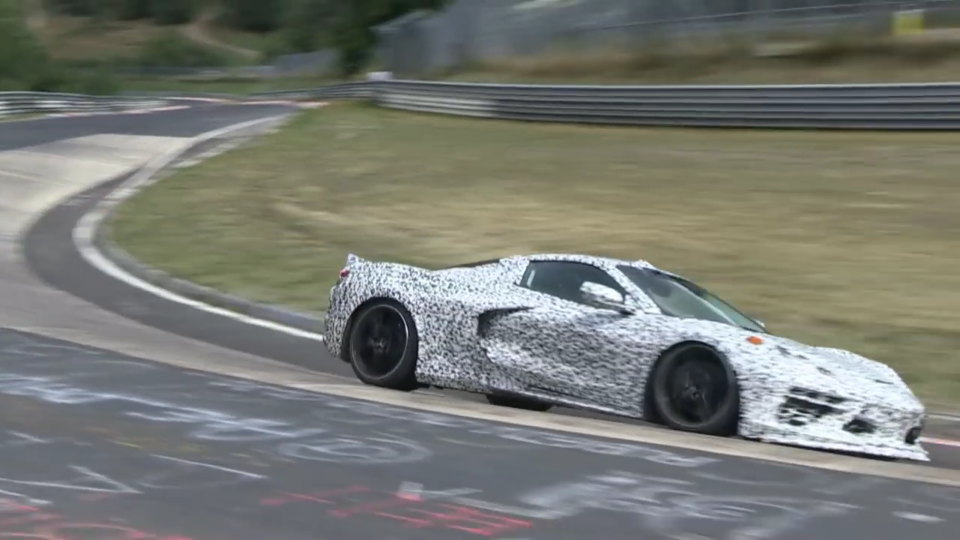
Leave a comment